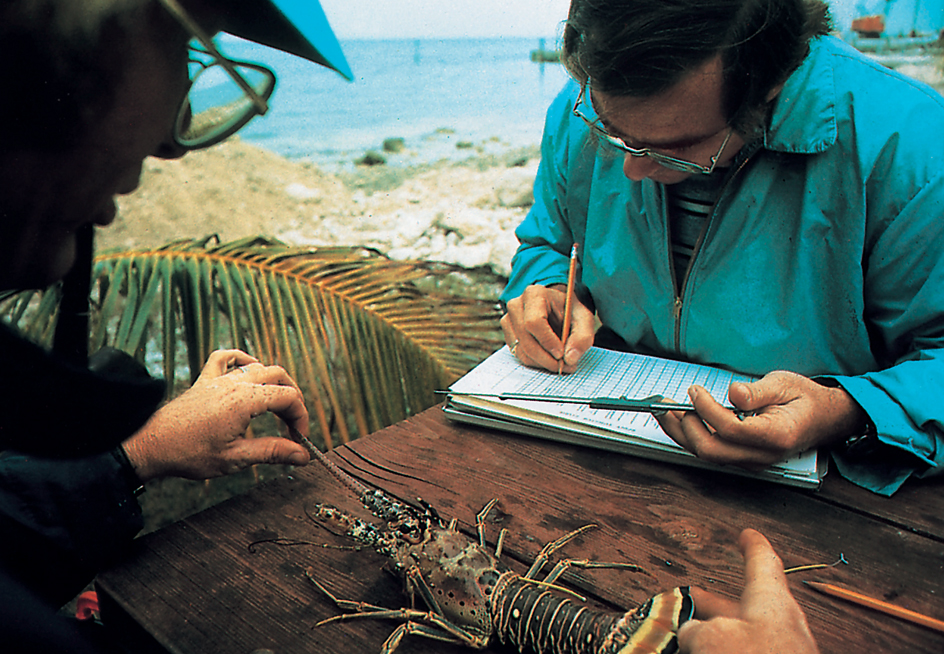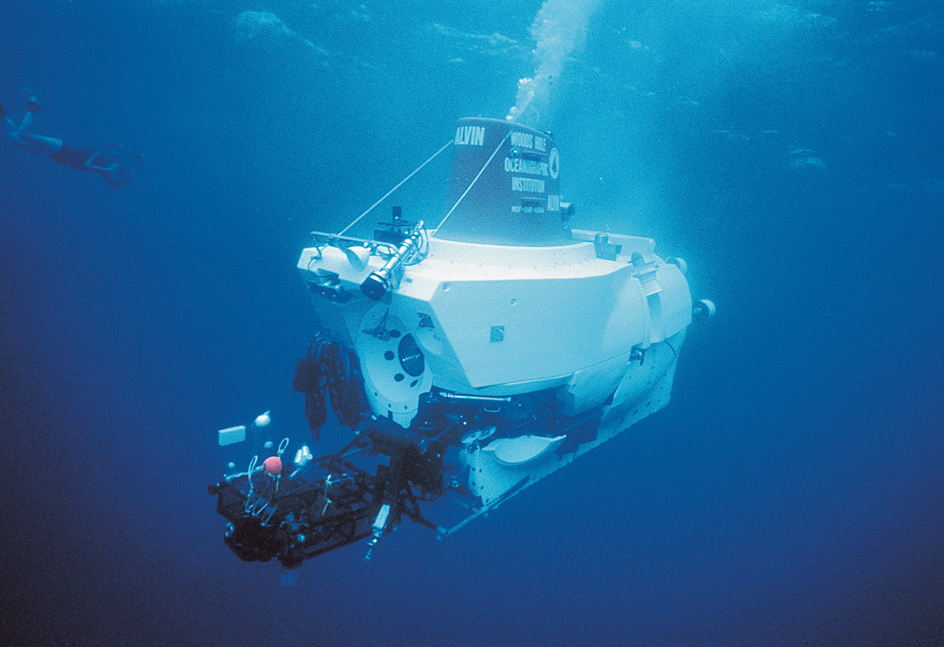Marine biology is the study of organisms that live in the sea. It deals with all forms of life in the oceans, from viruses so small they can be seen only with the most powerful electron microscopes to whales, the largest living animals.
Living things are found in all parts of the ocean, from the shores where waves splash onto the land to the deepest points of the ocean floor. Because people have always been able to visit the seashore at low tide and observe marine life, studies of marine biology began in shallow-water regions. Early marine biologists studied plants and animals from deep waters by using nets and other devices to collect samples. The development of scuba diving equipment has enabled biologists to observe marine organisms in their natural habitats, especially in the clear tropical waters along coral reefs. Scientists also can visit the deepest parts of the ocean in special underwater craft. Marine biologists who usually study life in deepwater regions are called biological oceanographers.

Collecting organisms from the ocean floor
What marine biologists do.
Marine biologists describe and classify marine organisms. They try to determine how these organisms develop, how they obtain food, how they reproduce, how they interact with other organisms, and why particular groups of organisms live in different regions of the ocean.
The work of marine biologists becomes increasingly important as people use more and more of the ocean’s resources for food and recreation. Marine biologists seek to learn how extensively marine plants and animals can be harvested as food without destroying their natural populations. These scientists also investigate whether or not certain human activities, such as dumping waste products in the ocean, harm marine life.
Marine biologists try to discover what substances marine organisms produce that can be used to treat human diseases. They have found substances in sponges, soft corals, and other marine animals that appear to be effective in treating bacterial and viral infections. Other substances are being tested by drug companies as possible treatments for arthritis and various types of cancer, including leukemia.
Marine biologists have used marine animals in experiments to increase our knowledge of human life processes. For example, much of our understanding about the early developmental states of organisms has come from the study of marine animals. In experiments with the eggs of sea urchins, marine biologists have determined how chemical substances influence the development of embryos (developing young). Marine biologists also have used the squid‘s giant nerve fibers to discover how nerves work. The squid’s nerve fibers are so large that scientists can place instruments inside different parts of the nerve to record mechanical, chemical, and electrical responses.
Many marine biologists do much of their work in special laboratories near seacoasts. Seawater is readily available there to maintain organisms for research. Among the most famous marine laboratories in the United States are the Marine Biological Laboratory at Woods Hole, Massachusetts; Woods Hole Oceanographic Institution; Scripps Institution of Oceanography at La Jolla, California; and the University of Washington’s Friday Harbor Laboratory at Friday Harbor, Washington.
Biological oceanographers
usually focus on the open ocean and deepwater regions of the oceans. In addition to studying the ocean’s organisms, they investigate the physical and chemical nature of the ocean, including its temperature, salt content, and oxygen content. For example, they try to learn how sunlight, nutrients, and temperature in the sea affect the growth rate of the mass of tiny plantlike marine organisms known as phytoplankton. Phytoplankton forms the basis of the ocean food web (feeding interrelationships among organisms). Understanding how food webs function is important in determining how many fish can be harvested in different regions of the oceans.
Many biological oceanographers go to sea in special research vessels to study organisms in their natural environment. From these ships, they use water-sampling bottles, nets, dredges, and other collecting devices to take samples for further study. They also make use of remotely operated vehicles (ROV’s). ROV’s are small submarinelike “robots” that are controlled from research vessels on the ocean’s surface. ROV’s are equipped with video cameras that allow scientists to observe and record the behavior of organisms. Many ROV’s also have mechanical arms to collect samples for study. Biological oceanographers visit the deepest regions of the ocean in deep-diving craft called submersibles. Loading the player...
Giant isopod
Some of the most exciting discoveries in marine biology have come from studies in the deep ocean. In 1977, scientists used the submersible Alvin to study the sea bottom on the East Pacific Rise near the Galapagos Islands. To their surprise, they found large populations of bottom-dwelling organisms surrounding volcanic hot springs in the ocean crust, about 6,000 feet (2,000 meters) below the sea’s surface. They did not expect to find such abundant life at that depth, where there was no phytoplankton to support the food web. Phytoplankton could not grow because light did not penetrate to that depth. Studies showed that bacteria living on chemicals in the hot springs provide the basis of the food web for this deepwater community. Some scientists now suggest that life on Earth may have started near such hot springs.

Biological oceanographers also are involved in studies of the ocean ecosystem. The ocean ecosystem consists of all living and nonliving things in the ocean and the relationships among them. In one such study, the Joint Global Ocean Flux Study (JGOFS), oceanographers from throughout the world studied the exchange of carbon between the ocean and the atmosphere. From 1987 to 2003, they investigated how activity of the ocean’s food web might decrease the amount of carbon dioxide (CO2) in the air. JGOFS research sought to determine whether this activity would offset the increased amount of carbon dioxide in the air. The amount of carbon dioxide in the atmosphere has slowly increased as people burn more coal, oil, and natural gas for energy. Most scientists believe that this increase has strengthened the greenhouse effect, the process by which the atmosphere traps heat from the sun. A stronger greenhouse effect could cause a potentially disastrous warming of the atmosphere.
Some carbon dioxide is used by the phytoplankton at the ocean’s surface waters and then transferred through the food web to the ocean’s depths. JGOFS research seeks to determine whether this activity will offset the increased amount of carbon dioxide in the air.
